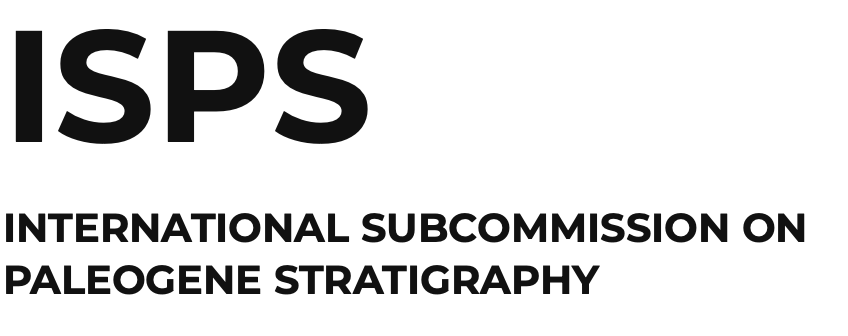Report 2006 of the Lutetian-Bartonian Boundary Working Group
The work of the Lutetian-Bartonian Boundary Working Group during 2006 has continued its focus on the base of magnetic polarity chron 19N as a guide horizon for the base of the Bartonian. For the base of chron 19N to be a useful guide horizon for the base of the Bartonian Stage, its correlation potential must be demonstrated. The working group has continued to focus field and laboratory studies on the correlation potential of this horizon.
The Contessa Highway Section, Central Apennines, Italy:
The section along the Contessa Highway near Gubbio, Italy is the primary candidate for a GSSP. Historically, this section has been the focus of important biostratigraphic studies of planktonic foraminifera and calcareous nannofossils. The Contessa Highway section also contains an excellent magnetic stratigraphy record in the Paleocene and Eocene.
Detailed paleontologic and geochemical studies are underway on the Contessa Highway section by a research team within the framework of the International PALIS (Paleogene Integrated Stratigraphy) Project coordinated by Rodolfo Coccioni. This team is a working group of different specialists (foraminifera, calcareous nannofossils, magnetostratigraphy, geochemistry) and is involved in the study of the Lutetian-Bartonian Boundary at the Contessa Highway section. This working group at present includes Rodolfo Coccioni (Urbino) and Valeria Luciani (Ferrara) (coordinators), Rita Catanzariti (IGG and CNR, Pisa), Luciana Ferraro (CNR, Naples), Fabio Florindo (INGV, Rome), Fabrizio Frontalini (Urbino), Luigi Jovane (INGV, Rome), Mike Kaminski (UCL), Fabrizio Lirer (CNR, Naples), Andea Marsili (Urbino), Simonetta Monechi (Florence), Alessandro Montanari (OGC), Silvia Spezzaferri (Fribourg), Mario Sprovieri (CNR, Naples), and Giordana Uguccioni (Urbino). The Contessa Highway section has been sampled at a very high-resolution (every 5 cm). It is anticipated that a high resolution biostratigraphic framework and details of the paleoecological and paleoceanographic conditions that accompanied the deposition of the Contessa Highway succession will be the result of this work.
Studies at Barton-on-Sea, U.K:
Field work on the Barton Clay and adjacent beds at Barton-on Sea, southern England were conducted in 2006 by Andy Gale and colleagues. This section is the traditional Bartonian unit Stratotype. The primary purpose of this work was to collect paleomagnetic data from the Barton Clay. Magnetic stratigraphy has been completed on the underlying Bracklesham beds on the Isle of Wight and correlated with polarity chronozones through the use of calcareous nannofossils. To date, no paleomagnetic data has been collected from the Barton. Results from this work will enhance our understanding of the chronostratigraphy of the type Bartonian and enable better decision-making when selecting a final GSSP.
The working group hopes to complete its work and propose a GSSP for the Bartonian by 2008.
Report by Richard H. Fluegeman, Chairman

